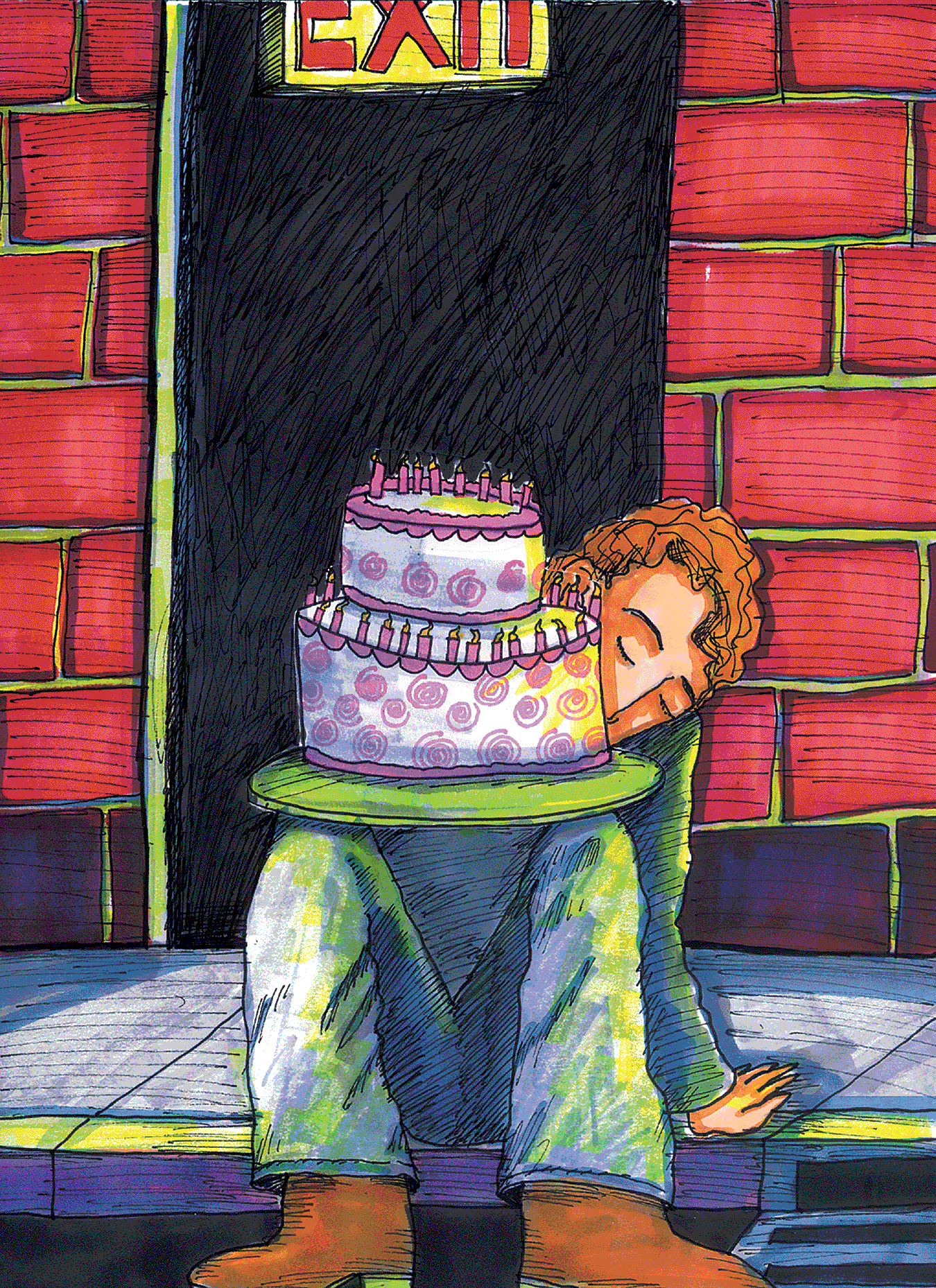When the Nobel Prize committee awarded Jimmy Carter the 2002 Nobel Peace Prize, it recognized the former president’s efforts on behalf of international peace and human rights. But for many Americans, it is his work building homes with Habitat for Humanity that has distinguished his post-presidency years. “My concept of human rights has grown to include not only the rights to live in peace but also to adequate health care, shelter, food and to economic opportunity,” Carter said. He went on to express hope that the award reflected a universal acceptance “and even embrace” of that broader concept of human rights.
Housing as a basic human right has informed the work of the community development movement since its inception. Indeed, the history of community development corporations cannot be understood outside of the context of the civil unrest that scarred many American cities during the 1960s, or the civil rights movement of that decade. Social justice – in housing, jobs, education and political representation – continues to be the driving force of CDCs. An integral part of that effort is giving members of distressed, disinvested and discriminated-against communities the power to direct their own destinies.
Nonetheless, there has been a subtle shift in the strategies used by the CDC movement. The early years of the movement were marked by organizing to demand better and fairer housing. Today, the focus is on housing production and neighborhood revitalization. That strategy shift, which some have described as a people vs. place conundrum, is rooted in the belief that concentrated poverty is not desirable and that mixed-income communities have the political and financial power to demand better schools, safer streets and more amenities. One result is that many CDCs in recent years have walked a fine line between serving their poorest constituencies and building communities that attract higher-income residents. Have CDCs drifted too far from their roots in advocating for the poorest people in their communities – or have they had to evolve to survive and thrive in a changing political and economic climate?
The question becomes even more important as federal and state resources diminish and the problems of inner cities are replicated in older suburbs and rural communities. We’re seeing more poverty, income inequality and homelessness. Although we celebrate revitalized communities, we’re less sanguine about how residents of those communities have fared. Is the CDC movement still their champion? The story of Hope Community Development Corporation in New York City provides us with a case study of how one CDC has evolved. We asked two long-time practitioners – Ellen Lazar of the Neighborhood Reinvestment Corporation and Brad Lander of the Fifth Avenue Committee – to respond and help us start an important discussion that will continue beyond this issue. We invite you to join in that discussion.
The Young and the Homeless
It’s well known that children who grow up without stable, loving families suffer a variety of consequences well into their adult lives. That’s why it comes as no surprise to learn that a large percentage of the adult homeless population also passed through the foster care system when they were young. But given what we know, it is surprising that few programs or policies are in place to provide the most at-risk youth with the help they need to make a successful transition to adulthood and independent living. Too many teenagers and other young adults have little in the way of a family safety net or other emotional and financial resources to see them safely through “emancipation” from the foster care system. Many end up homeless, jobless or incarcerated. Kendra Hurley has worked extensively with young people in the foster care system and tracks down some of the organizations and programs that are addressing the special needs of this population. Young people in foster care describe what it feels like to be on the verge of adulthood with few of the supports that so many of us take for granted. And Rosanne Haggerty, one of the most respected community development practitioners, explains why – and how – her organization, Common Ground Community, is making room for young people leaving foster care in her next supportive housing project.



Comments